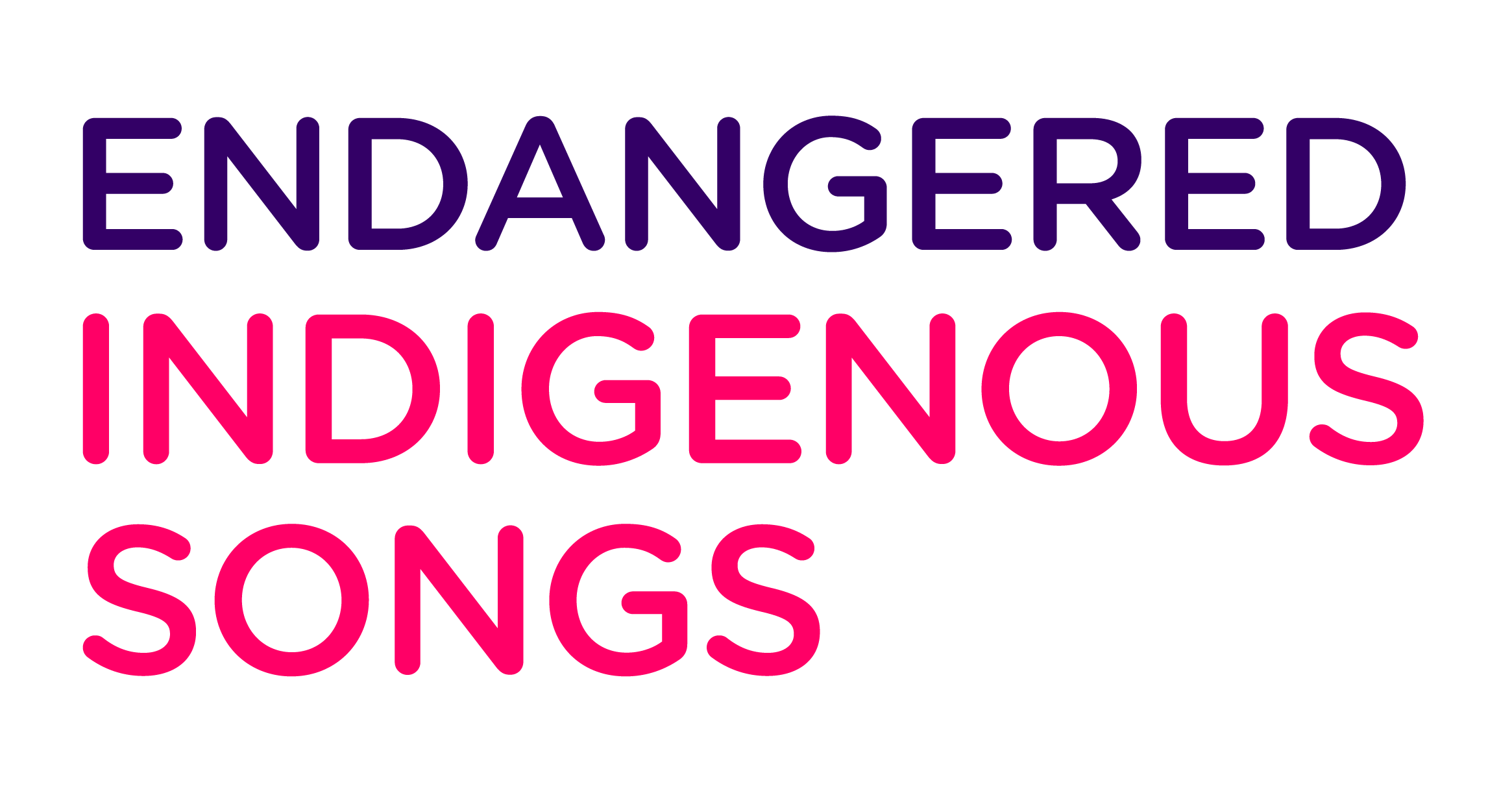The Kichwa Peoples archive
Archivo de los pueblos Kichwa

Kañari musicians / Músicos kañari
The Music
The Kichwa peoples have various musical genres, all of them inherited from pre-Columbian musical traditions that, of course, have evolved over time. The Kichwa repertoire is associated with the agricultural cycle, the cosmos, and social festivities. The pieces are usually performed collectively by three or more musicians. They improvise variations of the melody and the verses, but the rhythm and the harmony are not altered.
Kichwa music is characterised by its use of traditional wind instruments including in particular: kenas, pinkullos, zampoñas, gaitas, caracoles and wakrapukus (made with bovine horns); and percussion instruments such as the bombo, cucuno, tinya and wakara. Besides these, there are several others brought from Europe around 1700 and incorporated into Kichwa tradition, of which the most important are the violin, harp and guitar.
Jahuay
The jahuay is an ancient ritual chant sung to accompany the harvesting of wheat and barley. It can be translated as: “Up! Forwards! Raise! Rise! Move up higher! Further! Farther!” It is a responsorial song, a call-and-response style of singing in which a leader alternates with a chorus, in which the soloist or lead singer (called takikkuna or paqui) guides the harvest. Each verse gives thanks to the Pachamama, the wind, the water, the flowers, the sun and the animals. There are also songs about women and anecdotes to help ease the hard work.
La Música
Los pueblos Kichwas tienen varios géneros musicales, todos ellos heredados de tradiciones precolombinas, que por supuesto han evolucionado con el tiempo. Sus repertorios están asociados con el ciclo de la agricultura, el cosmos y sus festividades. Sus canciones generalmene son interpretadas en grupos de tres o más músicos, quienes imrpovisan variaciones en la melodía y en la letra de las canciones, sin alterar el ritmo ni la armonía.
La música Kichwa es caracterizada por el uso de instrumentos de viento como kenas, pinkullos, zampoñas, gaitas, caracoles y wakrapukus (hechos concuernos de animales bovinos); también es común el uso de instrumentos de percusión como el bombo, cucuno, tinya y la wakara. Junto a estos, se han integrado armoniosamente instrumentos traídos de Europa alreddor de 1700 y ahora juegan un papel muy importante en su música tradicional, tales como el violín, el arpa y la guitarra.
Jahuay
Es un canto ritual ancestral que acompañaba la cosecha de trigo y cebada. Su nombre puede ser traducido como: ‘arriba! adelante!, levanta! sube! sube más arriba!’ Es un canto responsorial, donde el cantor solista, llamado paqui o takikkuna, guía la cosecha y va alternando su canto con la respuesta del coro (los demás trabajadores). Cada verso agradece a la Pachamama, al viento, al viento, al agua, a las flores, al sol y a los animales. Pero además hay canciones que hablan sobre mujeres o anécdotas, para ayudar a facilitar el duro trabajo.

Visit The Kichwa Otavaleño Archive
Visite el Archivo Kichwa Otavaleño
Visit The Kichwa Puruwá Archive
Visite el Archivo Kichwa Puruwá
Visit The Kichwa Kañari Archive
Visite el Archivo Kichwa Kañari
